|
April on Art
In South Florida and Beyond |
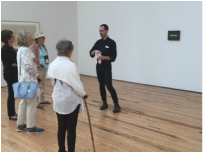 This past June, I traveled to the Dia Art Foundation in Beacon, NY, to answer the question, “What is conceptual art?” I had heard that the Dia art center there had an amazing selection of conceptual, minimalist and post-minimalist art—much of it acquired in the 1960s when conceptual art burst on the art scene. So, since I was in in nearby Poughkeepsie for a Vassar College reunion, I took a bus tour with classmates to explore the center. Conceptual Art - "Art in which the idea presented is more important than the finished product, if there is one.”  Definitions like this have left me confused. They are pretty abstract and intellectual. They immediately make me wonder, "What if the viewer looks at the piece of art, but no idea emerges?" "Does the viewer have to be a mind reader?" And most important of all: " "Does conceptual art from the 1960s--and beyond--have true "staying power?" With those questions in mind, I followed our guide into a large room that held 36 of the canvases of On Kawara’s famous Date Points series. Each black rectangle is inscribed with the day, month, and year Kawara painted it. It seemed obsessive to me. But as we walked around the room, my classmates began to reminisce about what happened to them on some of the dates represented. One date in 1966 was very close to our graduation date. But was it art? Or could these dates just as easily be painted in giant-sized Post-It’s and glued to an office wall? 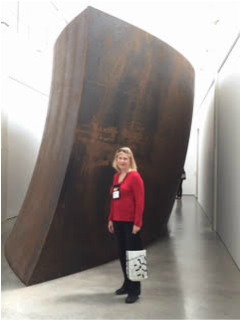 It was easier for me to understand the huge Richard Serra sculpture we encountered in the next room. It took the form of a huge slab called called a Torqued Ellipse. This tall, twisted copper colored monolith reminded me of Stonehenge and made me want to walk around it and explore it. It was powerful and stunning. The next galleries held two of Dan Flavin’s famous fluorescent light installations. The first consisted of long tubes arranged in a helter-skelter design dedicated to those who were killed in Vietnam; the second, consisted of a pattern of fluorescent circles, and was dedicated to George McGovern and his loss in a presidential race. With or without knowing the intent of the artist, these pieces were mezmerizing, and I could understand how Flavin has inspired following generations of "light" artists, including those whose works were on display through the end of August in the exhibition exhibition called "Lit" at the the Cornell Museum in Delray Beach, FL (my hometown). 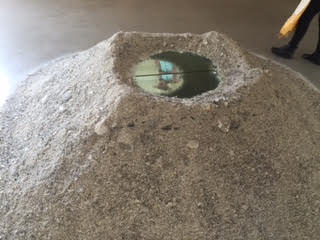 Next came two “non-sites” by Richard Smithson—one, a collapsed volcano; the other a pile of glass. Both seemed scary to me. It was a relief to stroll into the next room which was piled with interlocking wooden blocks by German artist Imi Knobel. These blocks can be rearranged when the work is installed elsewhere. Then came another puzzle. Several rooms of works by Fred Sandback that consisted of acrylic threads stretched to form picture frames you could walk through (although no one did). But then, as we wrapped up the tour, we came to a true show-stopper. It was a room 30 or 40 feet long with a raised steel platform in the middle. Four different shapes had been cut out of the platform to create large black holes. The first hole stopped me short. It immediately reminded me of the “hole” left by the World Trade Center—after the debris had been removed. Behind me, my classmate also muttered out loud about the resemblance. It was a somber site. This artwork is called Northeast Southwest. Michael Heizer created it in 1968. The room with its platform made a huge emotional impact on me because of the memories it dredged up. It also made me realize that 40 years after it was created, this piece of conceptual art was still making an impact. It had "staying power."
0 Comments
Leave a Reply. |
"Art washes away
|
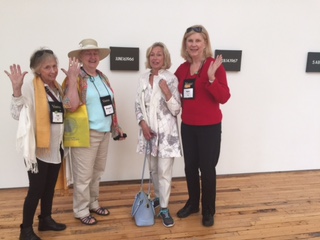
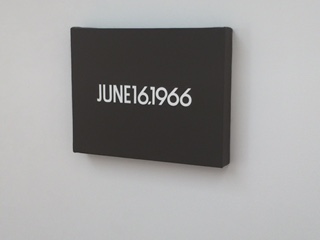
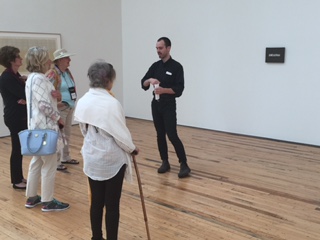
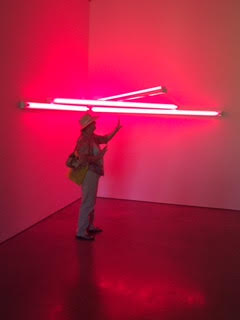
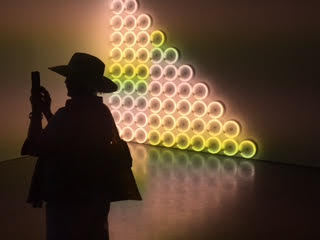
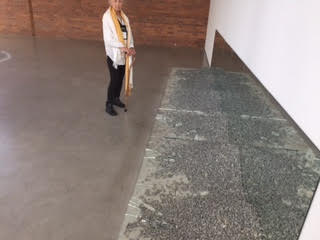
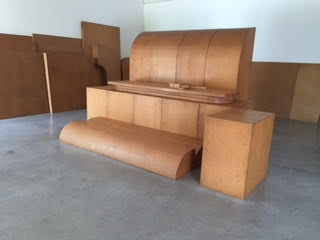
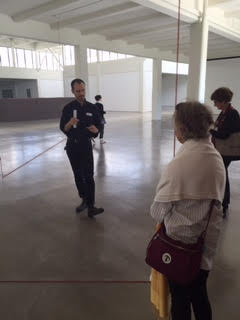
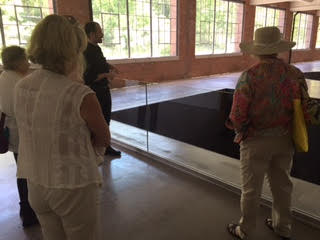
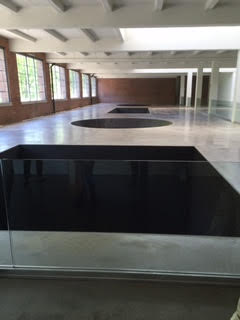
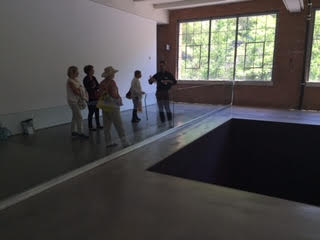

 RSS Feed
RSS Feed